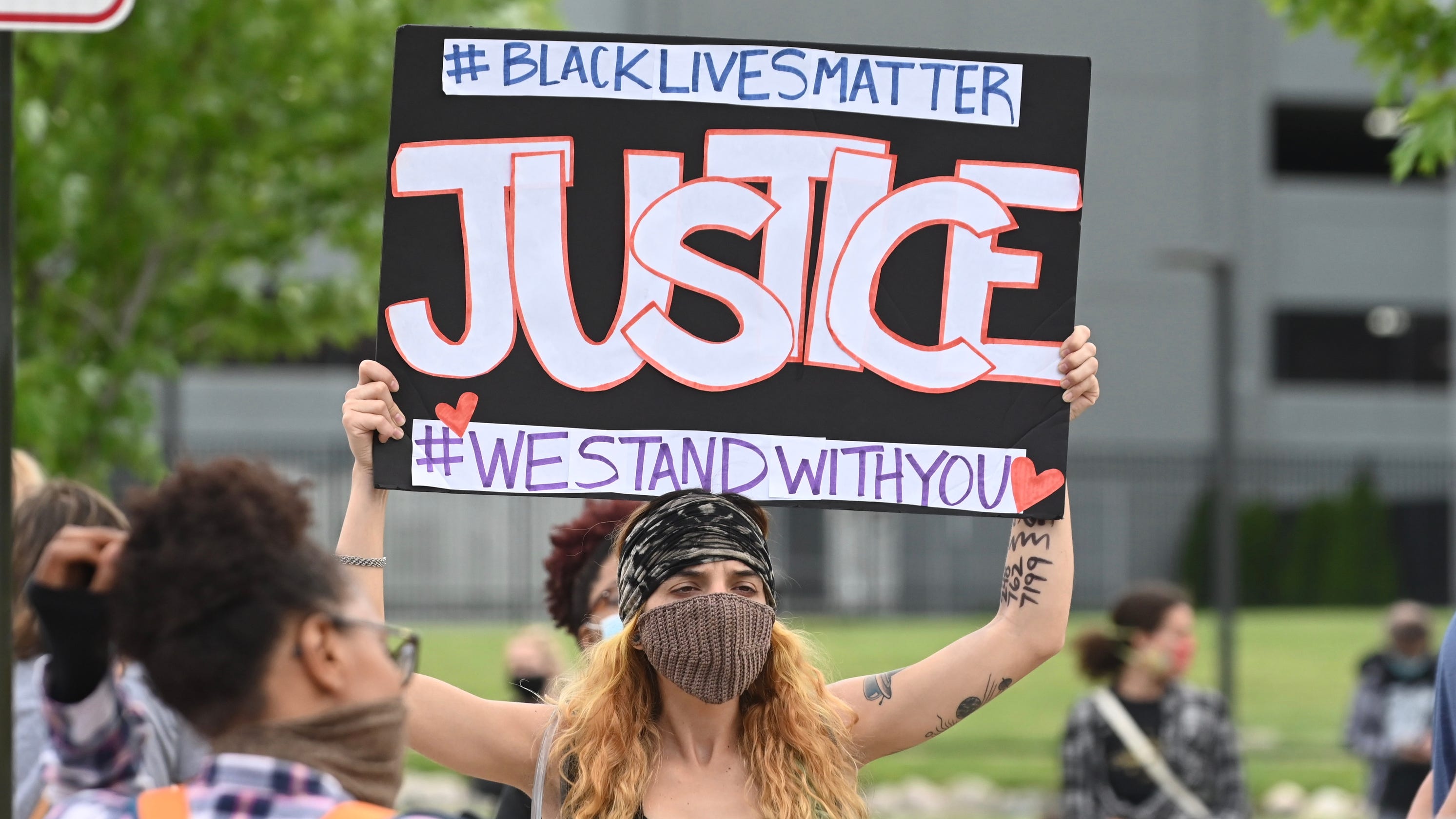
The police abuse that culminated in the killing of George Floyd, an African American, in Minneapolis, and the violent attack by police in a Qom neighborhood in Resistencia, a city in the Argentine province of Chaco, inspired different reactions and kindled disparate sentiments. The first case was broadcast immediately and globally; the second somewhat less so. People Googled “Floyd” with much more frequency than “Qom,” not only in the United States and the rest of the world, but also in Argentina. This includes Chaco. In that province, even during the height of the Qom case, “Floyd” received five times the number of searches.
Because there are videos of both incidents, we decided to analyze the reactions that watching each one provoked. The first thing that came to light was that, even in Argentina, the Floyd video had more repercussions than the video of the Qom. The Floyd video generated almost 24,000 comments on YouTube versus 438 garnered by the first videos of the incident in Qom. The second step, then, was to analyze the content of those comments. In the case of the African American man killed in the U.S., one word that emerges as most closely related to the term “Floyd” is “sadness.” The sentiment, according to linguistic models, generates empathy and a desire to protect the victim. Over the next few days, other sentiments appeared that were more aggressive and directed at the police, such as “disgust” and “hatred.”
On the other hand, analyzing the comments from the video of police violence in the Qom community, there is nothing explicitly related to sadness or empathy but, instead, there are references to political institutions, demands for justice and denouncement of police. The only emotional expression that appears is “disgust,” indicating negative sentiments against the aggressor, but indifference with respect to the victims.
That empathy that swelled in the first reactions from people who saw the video of Floyd’s killing generated a cry for a change in the rules of the game and in public policy to protect the affected community. Some emerging consequences have been approval of reform for the police department in Minneapolis and a new project for police reform presented in Congress by the Democratic Party. On the other hand, when there are only feelings of displeasure and hatred toward the police, such as what emerged from the video of Qom, it leads to demands such as “throw them all out,” and society tends to exclude the group under discussion instead of generating real changes to the status quo.
Likewise, another factor that could make the Floyd case in the U.S. a true turning point is that it generated support from the entire community. According to public opinion data, a majority of Americans think that it is more likely the police are responsible for abusive incidents against Black people than against white people. These statistics had never been seen in any of the previous cases of police violence against the African American community. And this is not just the so-called desired response effect that leads people responding to a questionnaire to give a politically correct answer. Studies show that, since the Black Lives Matter movement began raising awareness of racial problems, unconscious racial stereotypes among white people have also diminished. This time, it is not only African Americans but also white people who are joining in the rejection of police violence.
Finally, this is in addition to the fact that Floyd died from asphyxiation. In the middle of a pandemic produced by a respiratory illness, this is an even sharper symbol: the worldwide slogan and anti-racist flag, “I can’t breathe,” have become the emblem of a basic right. Also, this new abuse by the police against the black community comes at a time when this sector of the U.S. population is especially hard hit by the global situation. In the middle of the pandemic, it is the African American community that has suffered the most severe economic consequences, and above all unemployment. In addition, regarding health, it is already the community most impacted by COVID-19. It is a community that suffers violence from police and racism but, at the same time, it is much more exhausted than ever.
These are, then, two cases of police abuse against a minority that occurred at almost the same time; both had racial overtones and were videotaped. However, they aroused different emotions. And those emotions mattered because they were exactly what determined whether society moved from indignation to action. It is appropriate to remember that phrase from the Chinese philosopher, Lao Tzu: “The best warrior is never angry.”

Leave a Reply
You must be logged in to post a comment.